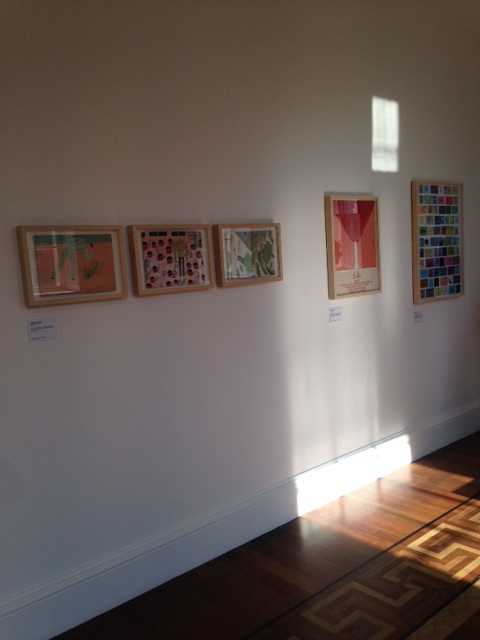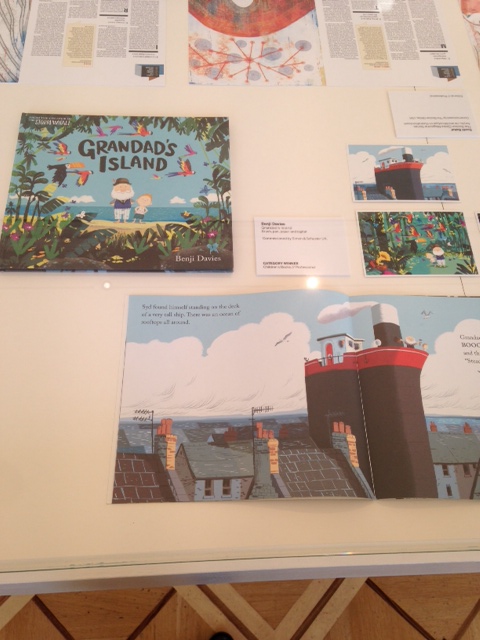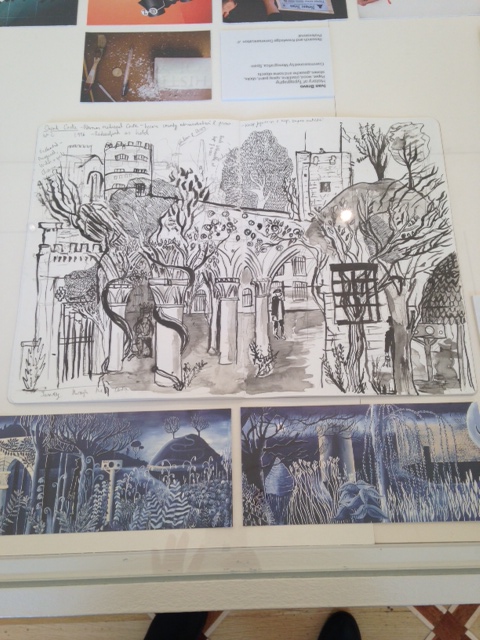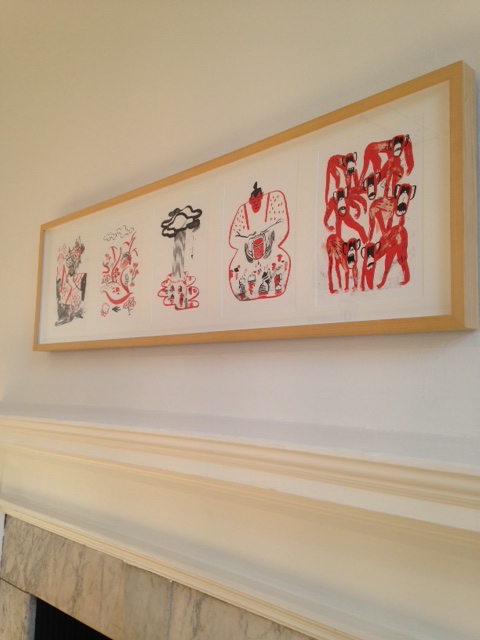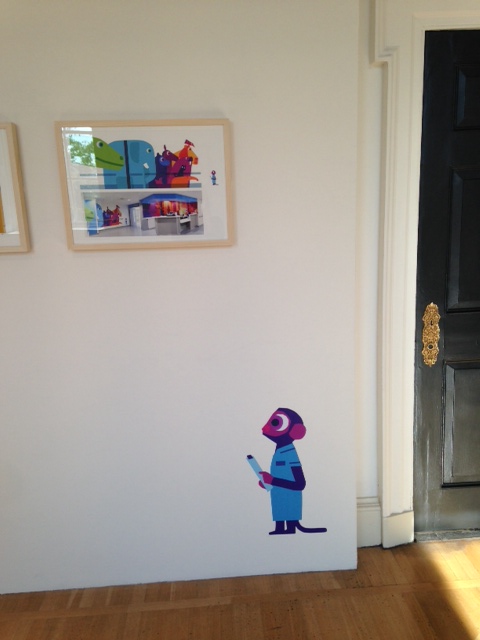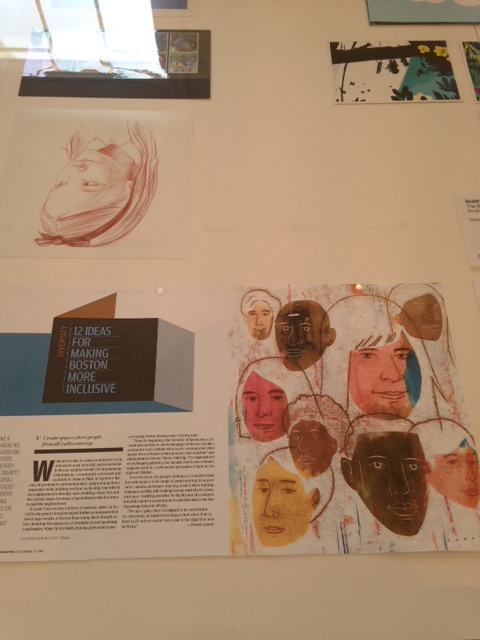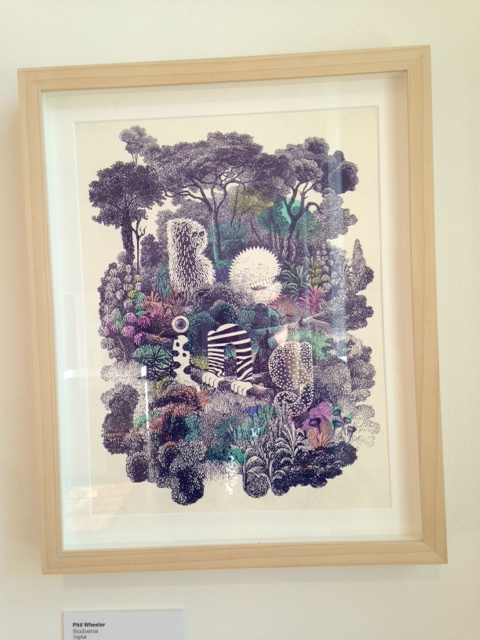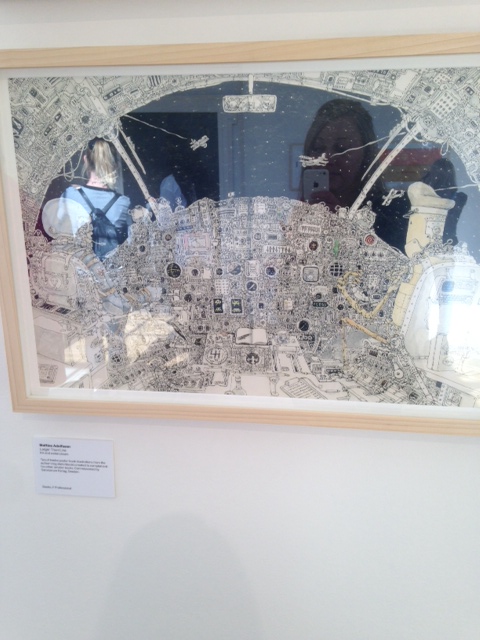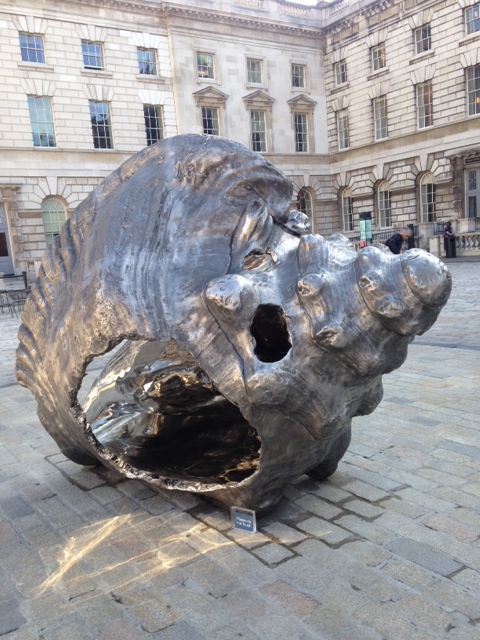C.S. Pierce was an American who also developed and extended the theory of Semiotics.
Part of his concept for the theory was that Signs can be divided into three differing types.
Icons. These are signifiers that have some sort of physical resemblance to the things that they signify. This category would include photographs, as they have a great deal of resemblance to the things in the photographs. Illustrations would also be counted (mostly) as Iconic Signs. But stick men would also be counted as Iconic as they do resemble the humans they signify. Rivers and roads on a map might also be included as they bear the same shape, simply scaled down. Spoken words that are onomatopoeias, such as “bang” and “whoosh” are iconic because the sound resembles the sound it signifies.
Iconic signs are relative, in that some are more iconic than others. In other words, some signifiers have more resemblance to their signifieds than others do.
Symbols. These are signs where the signifiers are learnt. They are cultural symbols that have no natural resemblance. This is what Saussure meant about signs being arbitrary. Most spoken language falls into the category of symbols because the words are cultural conventions, not instinctive noises.
Written words are always symbolic because letterforms, and indeed numbers and glyphs too are cultural conventions.
Indexes. Indexical signs are ones where the signifier can only exist because of the physical presence of the signified. These might include footprints, smells, animal or musical sounds, fingerprints. Indeed the clues in a detective story would nearly all be indexical signs – the lipstick trace on a wine glass or the blood stain on the weapon. And symptoms of illnesses are indexical signs too, because they only exist (perhaps in combination) with the presence of certain illnesses. Weather is also indexical of certain physical conditions in the atmosphere. Facial expressions and body language are indexes of mood. Smoke is an index of fire, steam of heat and so on.

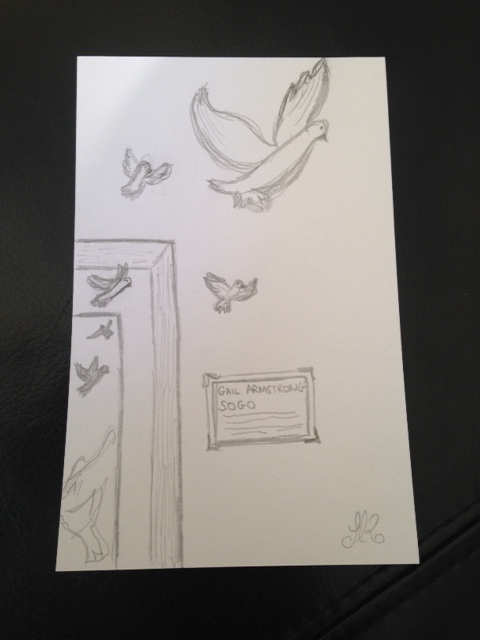
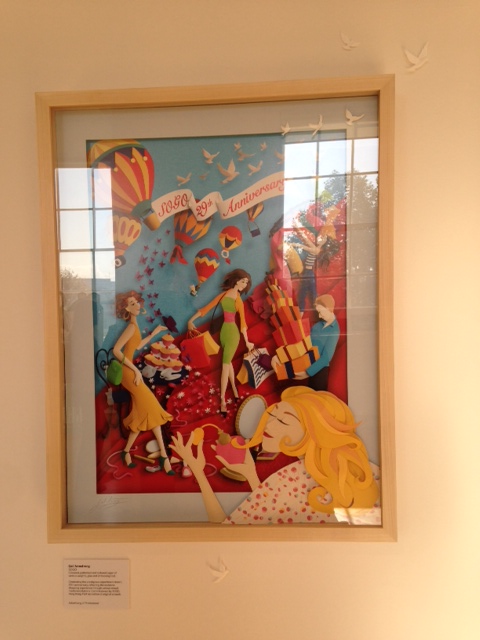
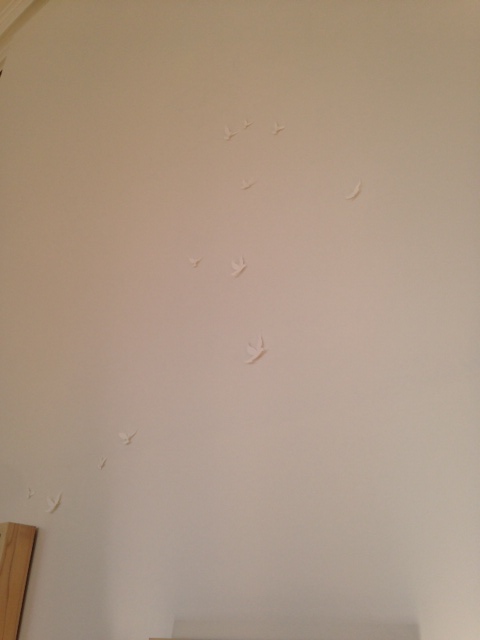


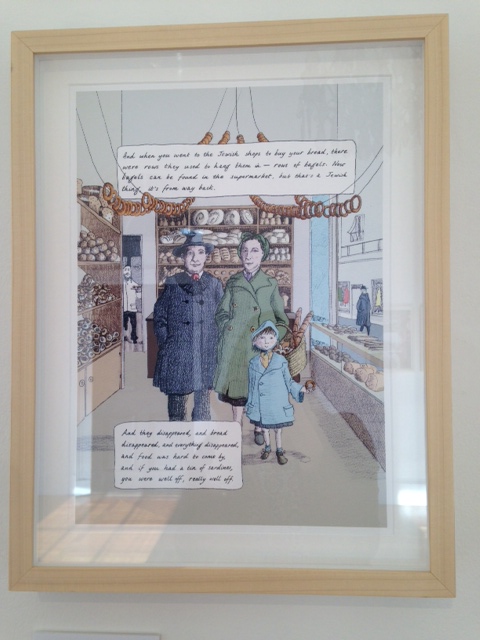
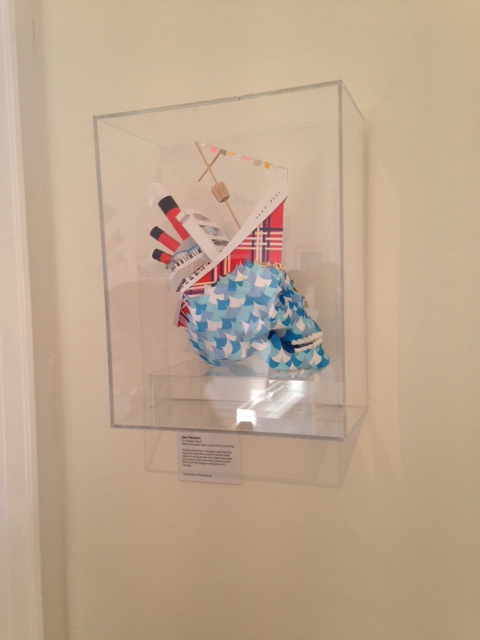
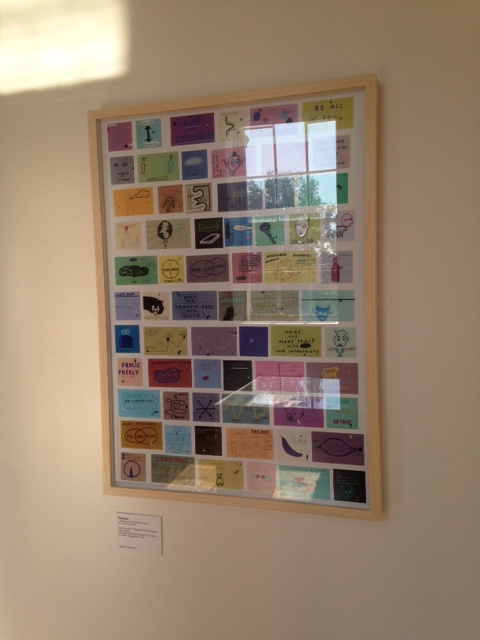
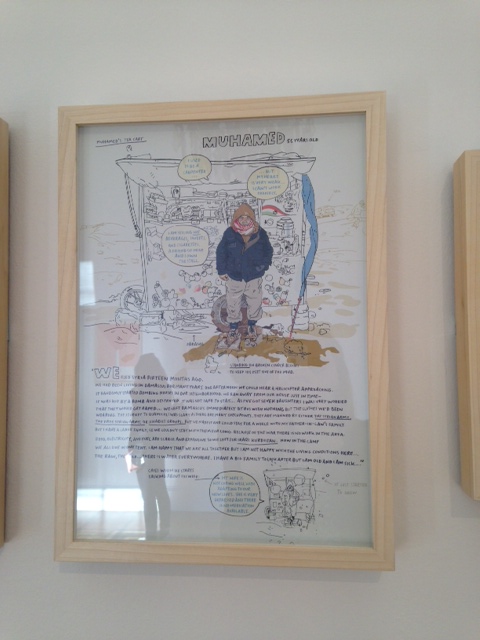
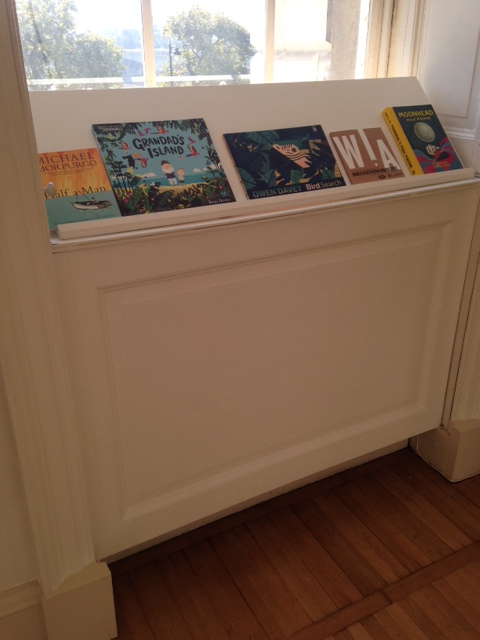
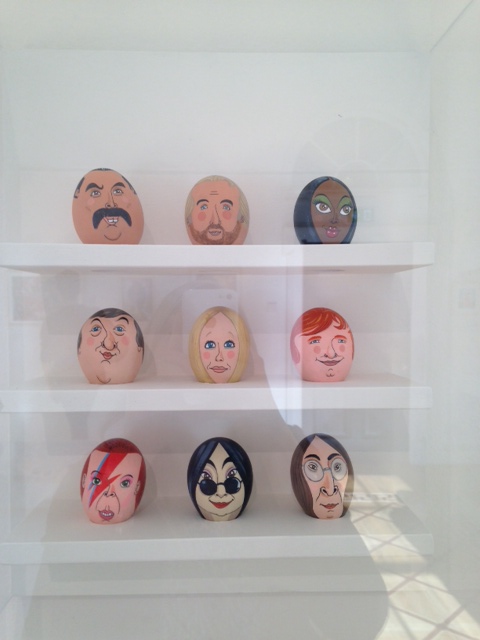 A
A